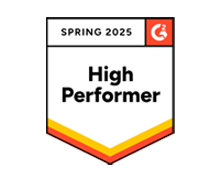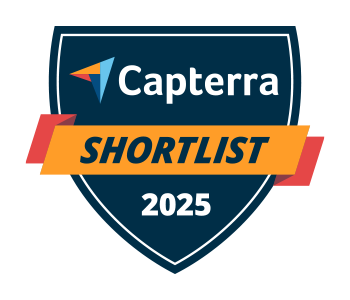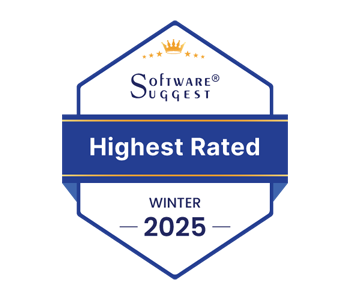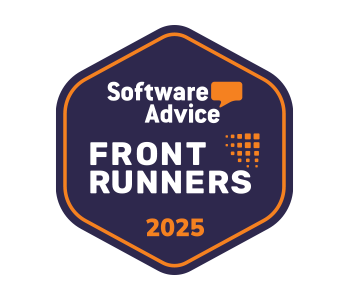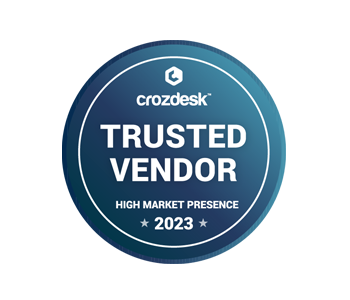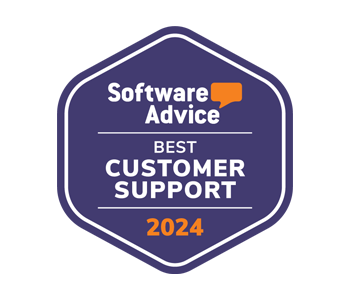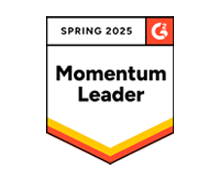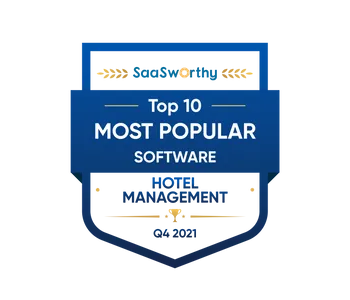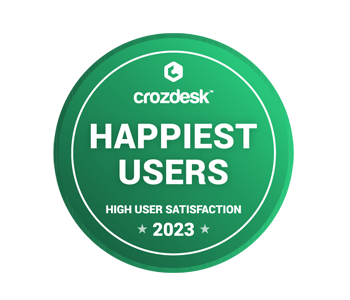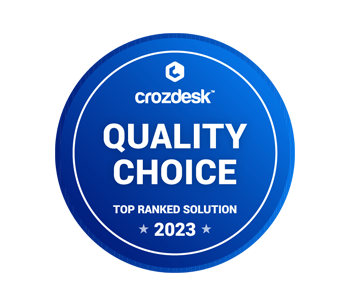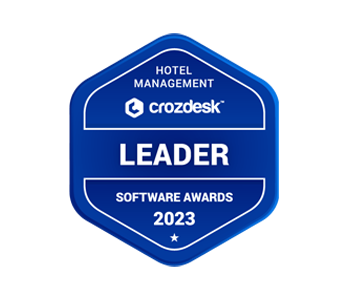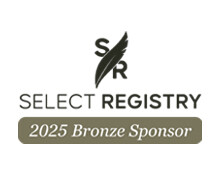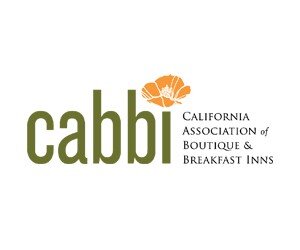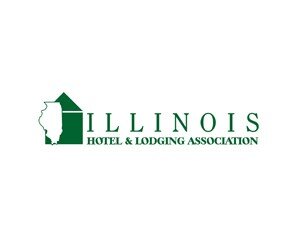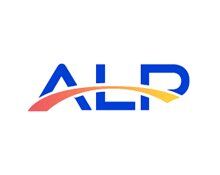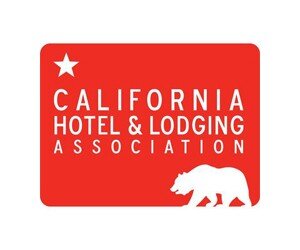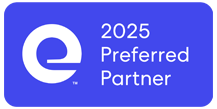Setting the perfect price for hotel rooms has never been an easy task. It’s not just a question of what rooms are worth, taking into consideration costs, location and services; setting room rates also depends on what customers are willing to pay, local competition, seasonal variations, and other market influences that affect supply and demand.
A cost-based pricing strategy alone (one based on the expense of running the hotel) is perhaps the easiest approach, but without accounting for other important influences, hoteliers miss out on opportunities to maximize revenue. On its own, a cost-based pricing strategy puts hotels at risk of becoming uncompetitive and, eventually, irrelevant.
In order to stay competitive and maximize profits, hotel room pricing should be dynamic, based on real-time hotel and market data. It’s not a set-and-forget type of deal.
Like we said above, it’s not an easy task—especially not recently—but here are some tips for getting it right.
Use a combination of pricing methods
The most successful room rate management strategies are based on a combination of methods, where pricing is derived by analyzing relevant data from a range of sources. The below approaches should all contribute to a dynamic pricing strategy that optimizes revenue.
>> Cost-based pricing
As mentioned above, cost-based pricing is determined by calculating the sum of all expenses involved in running the hotel, dividing that cost by the number of rooms at the property, and then adding a markup on each room based on room quality/amenities and desired profit. While this strategy should not be used on its own to determine room pricing, it plays an important part in understanding and maximizing profit potential.
>> Customer-based pricing
Customer-based pricing requires a little more effort, but the results are worth it. Based on the perceived value of rooms, this approach requires hoteliers to understand not only the value of the services their property offers, but who their customers are (customer segments), their reasons for travel, and what they are willing to pay. Because non-tangible assets like brand image and emotional appeal also come into play when determining perceived value, customer-based pricing offers good potential for maximizing revenue.
>> Competitor-based pricing
Setting room rates based on competitor pricing helps hoteliers determine where their property stands in the market, and then use pricing to compete (price match) and/or differentiate themselves from the competition (price higher or lower). For this approach, it’s important to compare your property to similar operations within your specific local market and to make appropriate comparisons (comparing double rooms to double rooms, services, etc.). When are your competitors increasing and decreasing rates and how often are they offering specials? Competitor pricing is an important factor in any successful pricing strategy to ensure your property remains competitive.
>> Forecast-based pricing
Forecast-based pricing is critical to maximizing profit. Setting room prices based on anticipated demand, forecast-based pricing traditionally relies on a hotel’s historical data. In our current Covid climate, forecast-based pricing now relies more heavily on a hotel’s short-term historical and real-time performance data and trends (occupancy, revenue, ADR and average spend per room) to predict demand and determine revenue-maximizing rates for future dates. Local market trends and events, including travel restrictions, seasonality, the competitive landscape, and economic fluctuations, are also crucial considerations when forecasting demand.
At any time, defining room prices that maximize revenue is like trying to piece together a constantly changing puzzle, but technology can help make it easier.
Use supportive technology
To stay ahead of the game, hoteliers should be equipped with an agile property management system (PMS) that supports dynamic pricing strategies with flexible rate management tools—such as instant rate and availability overrides, channel management integration, and yield management functionality that automatically adjusts prices in response to occupancy-based rules.
Automated revenue management systems (RMS) eliminate much of the manual detective work required to discover a property’s ideal rates. Using sophisticated algorithms, RMS automatically analyze thousands of data points and patterns (including daily rate, availability and occupancy data, competitor rates, and market data, etc.) on an ongoing basis to determine optimal pricing. A direct integration between your RMS and PMS streamlines this process even further by automatically sharing live PMS data with the RMS for more accurate and timely analyses, with approved recommended rates then sent directly to the PMS and other connected channels.
Use profit-maximizing pricing strategies
Hoteliers should use proven pricing strategies within their rate plan to maximize profits throughout the year.
>> LOS Pricing
Adjusting rates based on the total duration of a stay, length of stay (LOS) pricing is used to incentivize guests to stay longer by offering one simple rate for the entire stay. Based on the arrival date and total stay length, LOS pricing is derived by evaluating demand and price sensitivity for all nights in conjunction with one another. Even if you offer discounts based on the length of stay, profitability from longer stays will be higher than one-night stays considering lower overheads (cleaning and other operational costs) and higher ancillary revenue.
LOS pricing is implemented through minimum and maximum length of stay (MinLOS and MaxLOS) controls set for specific time periods. During periods of peak demand followed by lower demand (for example, during an event), a MinLOS can help attract high-value bookings (longer stays) that increase occupancy during the slow period that follows. Prior to periods when rooms sell out at higher rates, MaxLOS restrictions can help you limit discounted multi-night stays that extend into periods of high demand.
>> Daily Pricing
For properties that typically accommodate short one- to two-night stays, daily pricing allows you to take advantage of high-demand days of the week (typically Friday and Saturday) by charging different rates for different days. Also called ‘BAR by Day’ or ‘Daily BAR’, daily pricing is based on the demand and price sensitivity for a one-night stay for each night of the week.
>> Discounts
Discount rates are effective for increasing bookings during slow periods and building loyalty, and are easily created by applying a discount to a base rate. Discount rates can be used for hotel promotions or as special rates for certain guest segments, e.g. AAA members and corporate bookings. Discounts can be based on the length of stay, booking lead time, and/or made available to limited audiences (e.g. repeat guests) through the use of promo codes.
>> Package Pricing
Creating value-added packages allows hoteliers to charge a package rate that is higher than the basic room rate by including extra products and services, like breakfast, parking, activities, etc. Despite the higher price, packages offer guests more value. While the actual room price is normally discounted, ancillary revenue increases.
Read our recent article about promotional rate strategies for further tips on how to use discounts and packages to boost revenue.
Room pricing should never be a guessing game. Based on hotel and market data, your pricing strategy should be a dynamic one to maximize profits throughout the year. It’s a complex task, but technology has your back. From package rates to unlimited overrides, channel management to yield management, and direct integrations with leading RMS like Duetto, IDeaS and Hotelitix, WebRezPro PMS offers flexible rate management tools to help maximize your property’s revenue.







